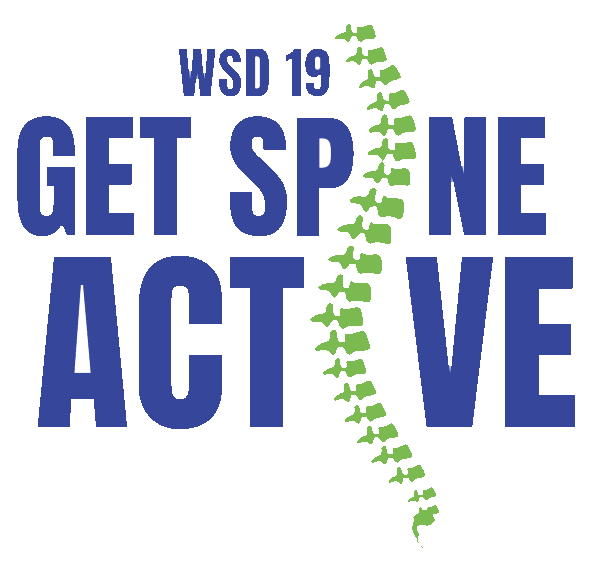
Your Spinal cord is part of the central nervous system.
The brain and the spinal cord make up the central nervous system. The brain is in charge of thoughts, interpretations of the external environment through our senses, and our physical movements. The spinal cord is the main source of communication between the body and the brain. This is why spinal cord injuries disrupt information between the brain and other body parts.
It’s like the internet of nerve signals.
The spinal cord is not one unified cord, actually, but a bundle of nerves sending and receiving a vast number of signals from all over the body. It starts at the base of your brain, runs down the backbone, and terminates between your first and second lumbar vertebrae, in the low back.
Not only does the spinal cord act as the route for all nerve signals traveling between the brain and the body, but many receptors for pain and other stimulus communicate with the spinal cord through peripheral nerves. These small fibrous nerves are all over the body and send constant communication from all over the body to the brain. The spinal cord is a central hub of nerve signals.
It functions independently of the brain.
The spinal cord does not take all commands from the brain. It is able to send signals directly to the muscles when necessary.
It controls voluntary and involuntary movement of the muscles.
The spinal cord is responsible for passing along the nerve signals that control not only voluntary movements like picking up a spoon or opening a door, but the involuntary movements (those made without your conscious decision) of the diaphragm, bowels, and bladder.
It’s smaller than you think.
You might assume that the spinal cord is very thick, since it serves such an important function in the human body. However, it gets its job done in a small amount of physical space, from between nearly .4 to almost .6 inches in diameter.
It stops growing once you turn five.
The spinal cord undergoes a lot of growth in your first four to five years, up to about 16 or 20 inches long, but from then on, it’s done. Your body keeps growing around the spinal column, which stays exactly as long as it was when you reached the age of five.
Your spinal cord has a memory for pain.
When you experience an instance of great pain—you stub your toe incredibly hard, for example, or even break it—the neurons in your spinal cord will carry signals more easily to the nerves in your injured toe for several days, making the toe feel more sensitive. This is the result of a molecule thought to be the precursor to memory, known as PKMzeta. Your spinal cord is especially sensitive to this molecule and “records” instances of pain as a result.
Your spinal cord passes through 33 individual vertebrae.
Between all those bony vertebrae stacked one on top of the other along your spine are tiny spaces just big enough for your slender spinal cord to traverse through.
The human spinal cord is divided into 31 different segments.
Each segment has many sets of nerves that exit the spinal cord: eight cervical, 12 thoracic, five lumbar, five sacral, and one coccygeal nerve.
You need your spinal cord in order to sweat!
In spinal cord injuries resulting in quadriplegia, the spinal cord no longer can transmit the signals from your brain to your sweat glands. Thus, people with this kind of injury must be cooled down manually with cool water or air conditioning.
If you have a specific question regarding any pain or problem areas, or would like to book a Free Back Check for you or your child please call Well Adjusted Health on 01903 892171
Take your first step towards enjoying your life more
From the team at Well Adjusted Health
 Providing gentle chiropractic in West Sussex
Providing gentle chiropractic in West Sussex
including Ashington, Storrington, Steyning, Southwater, Horsham, Shoreham, Worthing and Billingshurst
